How can physics on the smallest scales affect what the Universe does on its largest ones? Cosmic inflation holds the answer.


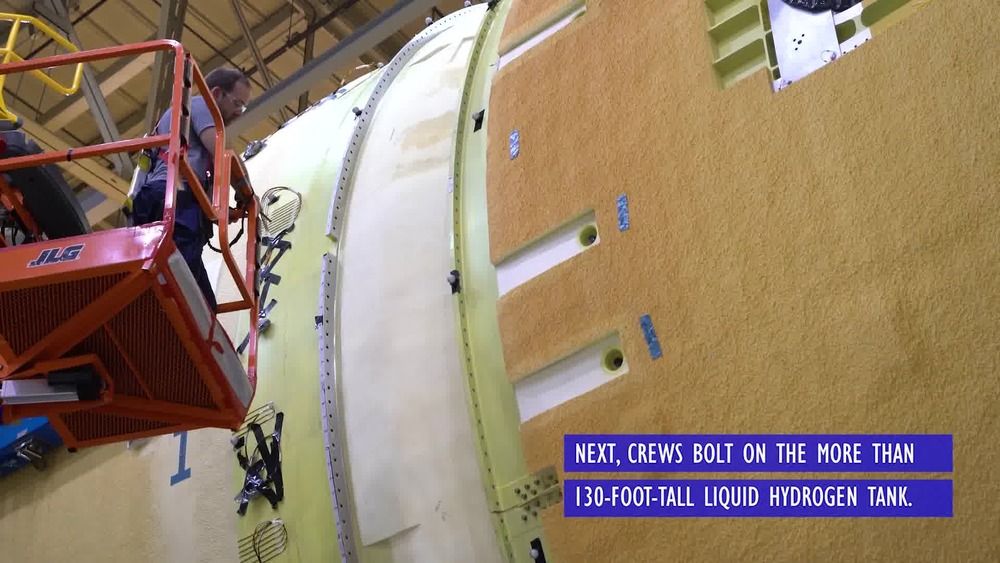
Dying stars sure are. ð
Their catastrophic explosions let out an intensely bright glow, often times rivaling the light of a whole galaxy. Can you spot the culprits in NASA’s Hubble Space Telescope image? https://go.nasa.gov/33Ylu5n
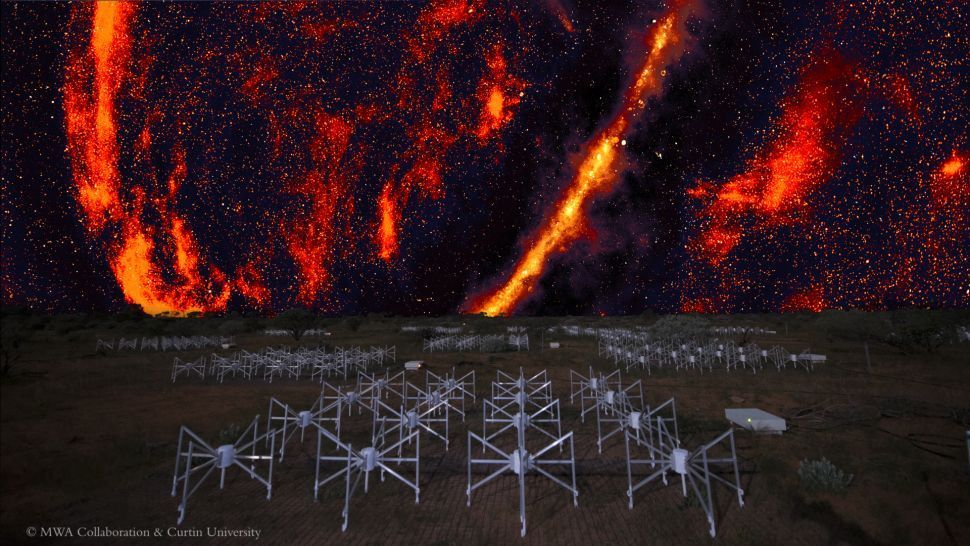
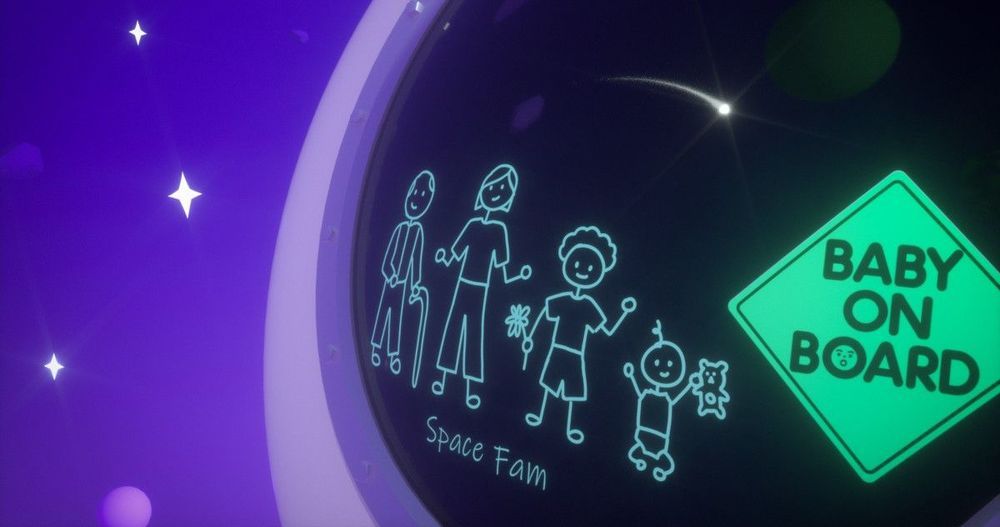
VR and Interstellar Travel
Crew members in route to a distant planet may best be accommodated by full immersion VR. The actual spaceship could be reduced to a relatively simple, small, well-shielded vehicle. Inside the crew’s biological material could be supported by a simplified nutrition, waste and maintenance system. Their minds could inhabit a fully immersive VR environment that would provide them with all the luxuries of vast, diverse spaces and experiences — complete with simulated gravity, simulated pleasant nature-like and artificial environments, and simulated meals.
They could also engage in simulating the type of society they intend to build once they arrive in their new physical environment, using similar constraints to the ones they will encounter. This could allow many years for actual human experiences to test and refine what they will build and how they will interact in their new home.
Advances in maintaining biological material may even allow a single generation to survive the entire journey. They may adopt their own conventions for simulating death and birth for reasons related to simulating their new home or for maintaining psychological well-being over many centuries. Simulated death and reincarnation may allow a single crew to experience many childhoods and parenting situations without the need for actual procreation.
Another concern that this addresses is the need for massive funding for research and development as well as resource provisioning when building conventional spacecraft intended to deliver things like artificial gravity, agriculture and pleasant living spaces for large multigenerational populations — all while shielding them from radiation. Funding the development of fully immersive VR seems like a relatively easier to fund activity that has immediate uses here on earth and elsewhere. The types of ships that would be sufficient for sustaining and shielding humans living mostly in immersive VR would be so simplified that most of the fundamental research that would be specific to designing such crafts may have already occurred.
After 200,000 years or so of human existence, climate change threatens to make swathes of our planet unlivable by the end of the century. If we do manage to adapt, on a long enough timeline the Earth will become uninhabitable for other reasons: chance events like a comet strike or supervolcano eruption, or ultimately — if we make it that long — the expansion of the sun into a red giant in around five billion years, engulfing the planet completely or at a minimum scorching away all forms of life. Planning for potential escape routes from Earth is, if not exactly pressing, then at least a necessary response to a plausible threat.
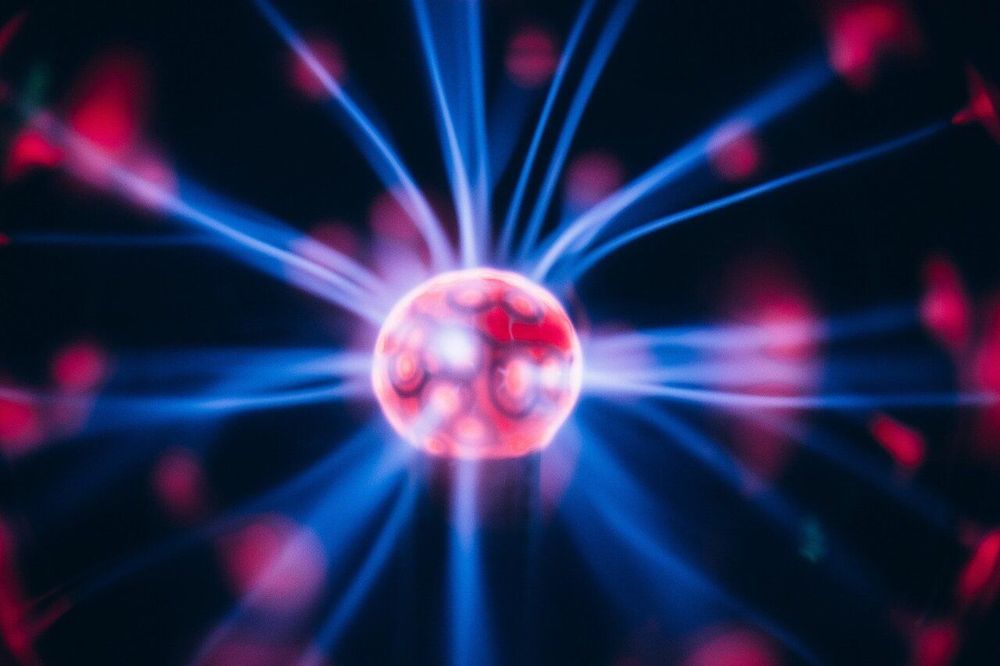
An international group of scientists, including Andrey Savelyev, associate professor of the Institute of Physical and Mathematical Sciences and Information Technologies of the IKBFU, has improved a computer program that helps simulate the behavior of photons when interacting with hydrogen spilled in intergalactic space. Results are published in the scientific journal Monthly Notices of the Royal Astronomical Society.
Andrey Saveliev states, “In the Universe there are extragalactic objects such as blazars, which very intensively generate a powerful gamma-ray flux, part of photons from this stream reaches the Earth, as they say, directly, and part are converted along the way into electrons, then again converted into photons and only then get to us. The problem here is that mathematical calculations say that a certain number of photons should reach the Earth, and in fact it is much less.”
Scientists, according to Andrey Savelyev, today have two versions of why this happens. The first is that a photon, after being converted into an electron (and this, as is known, in contrast to a neutral photon, a charged particle) falls into a magnetic field, deviates from its path and does not reach the Earth, even after being transformed again into the photon.
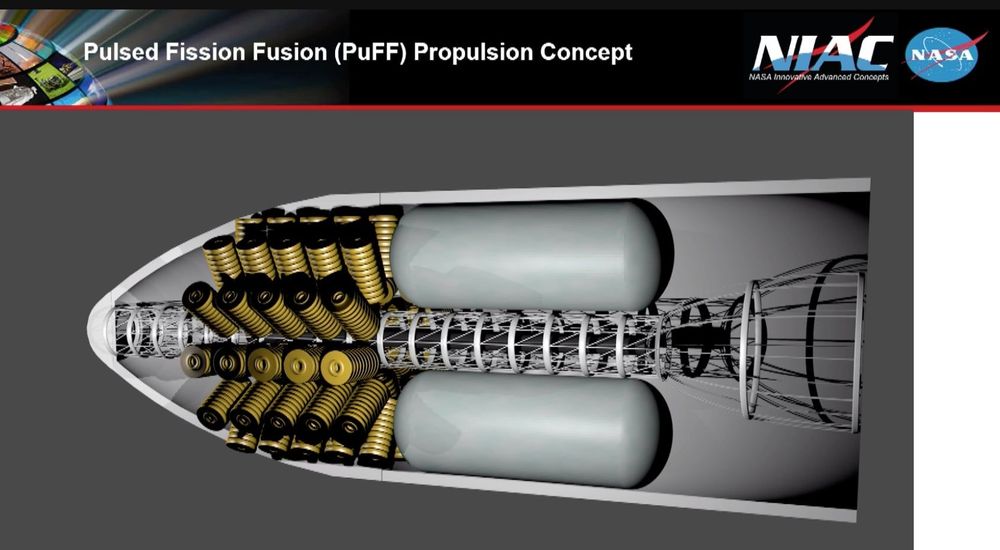
Robert Adams updated the work on a phase 2 Pulsed Fission-Fusion (PuFF) Propulsion Concept. Robert works at the NASA Marshall Space Flight Center. This system should be able to achieve 15 kW/kg and 30,000 seconds of ISP. This will be orders of magnitude improvement over competing systems such as nuclear electric, solar electric, and nuclear thermal propulsion that suffer from lower available power and inefficient thermodynamic cycles. Puff will meet an unfilled capability needed for manned missions to the outer planets and vastly faster travel throughout the solar system.
A tiny lithium deuteride and uranium 235 pellet will be fired into a shell of structure that will complete a circuit and generate high voltages and pressures that will compress the pellet and cause fission and fusion to occur.
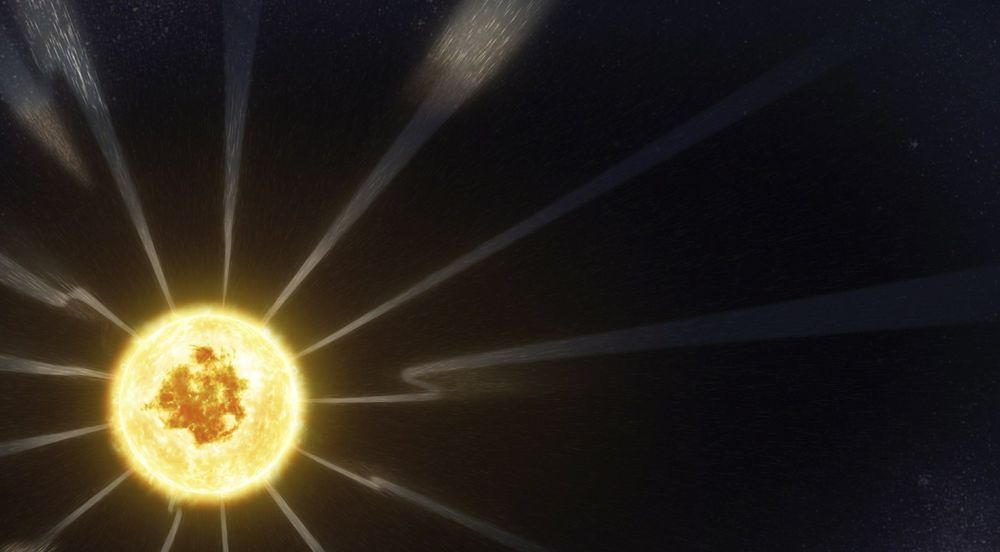
CAPE CANAVERAL, Fla. (AP) — NASA’s sun-skimming spacecraft, the Parker Solar Probe, is surprising scientists with its unprecedented close views of our star.
Scientists released the first results from the mission Wednesday. They observed bursts of energetic particles never seen before on such a small scale as well as switchback-like reversals in the out-flowing solar magnetic field that seem to whip up the solar wind.
NASA’s Nicola Fox compared this unexpected switchback phenomenon to the cracking of a whip.
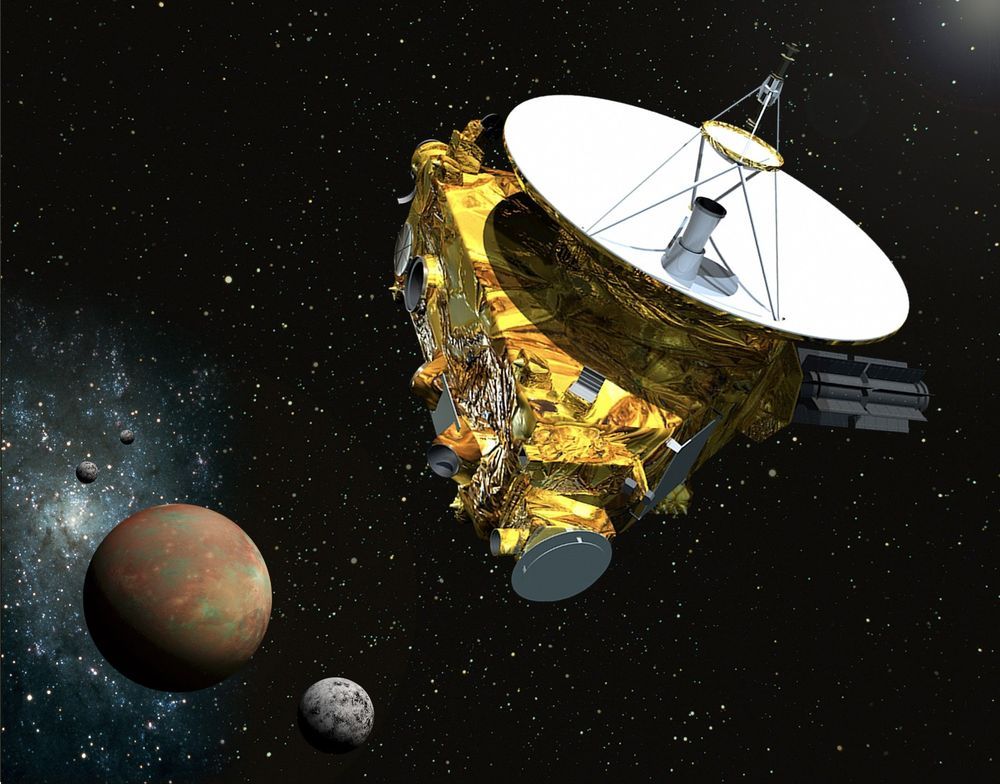
An instrument aboard NASA’s New Horizons is sending back data that could help scientists predict when the unmanned deep-space probe will reach interstellar space. Using the Solar Wind Around Pluto (SWAP) instrument aboard the spacecraft, a team of researchers led by Southwest Research Institute are learning more about how the solar winds change in the outer regions of the solar system.
Though the solar system may look like a big ball of nuclear fire at the center surrounded by a scattering of tiny, solid objects sitting in a lot of very hard vacuum, all that nothingness is permeated by the solar winds – an unceasing flow of ionized particles from the Sun that forms an uneven bubble around our family of planets called the heliosphere.
The outer limit of the heliosphere is where it encounters materials from interstellar space. This is the point where the solar wind slow down to subsonic speeds due to interacting and then is stopped altogether by the interstellar medium. These two points are called, respectively, the termination shock and the heliopause.

3D printing technology is changing and will change pretty much everything. Besides printing the intermittent novelty project at home with a desktop printer, additive manufacturing or 3D printing technology is being used in a large group of businesses changing the manner in which we design, build, create, and even eat.
NASA is planning to use 3D printing technology to construct housing on Mars for future colonies while organizations like byFlow are using the emerging technology to create food and intricate edible tableware. The uses and applications appear to be both limitless and exciting, yet this is only the beginning. Things being what they are, what sort of changes can we expect to see in the medical industry?
